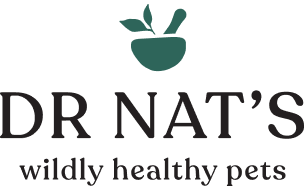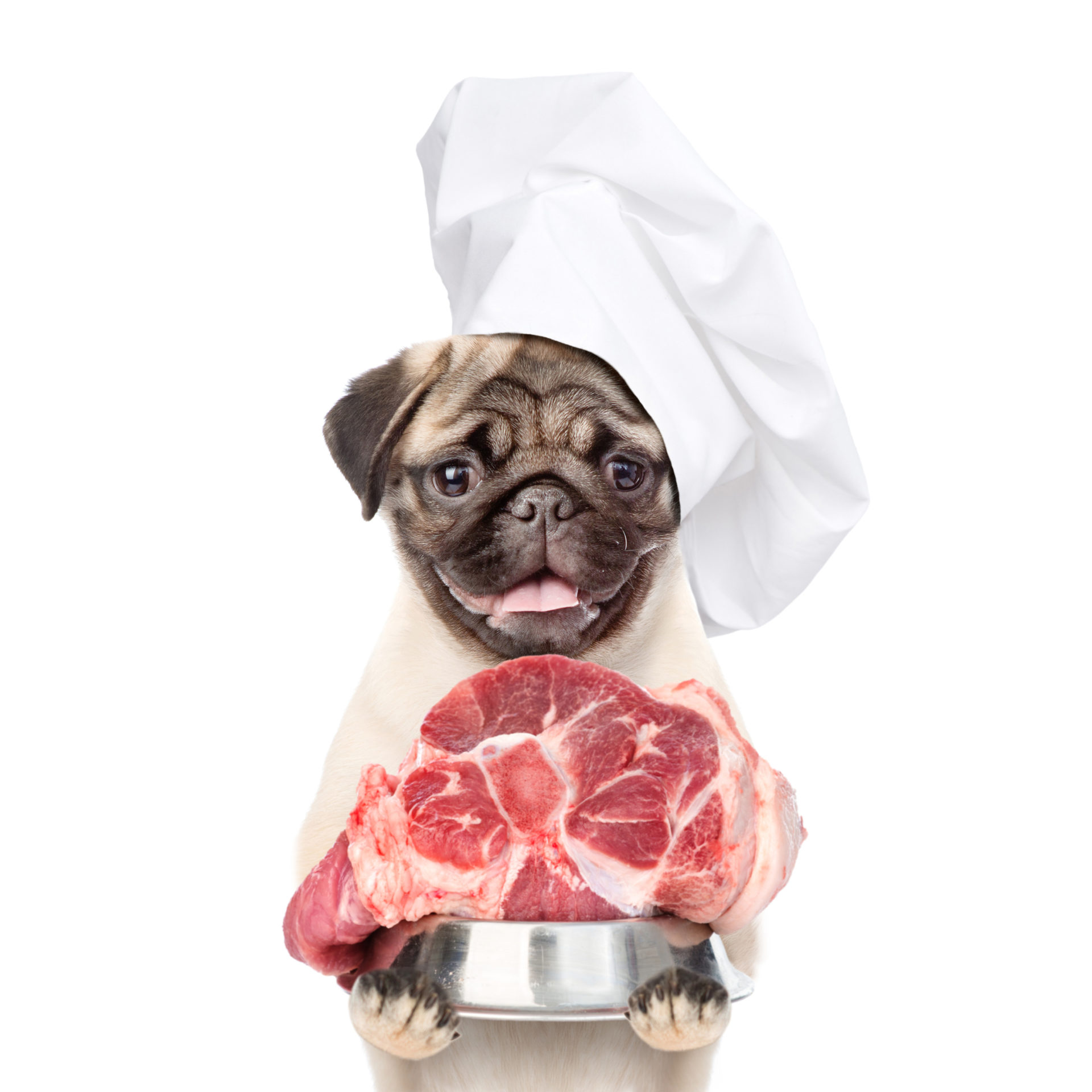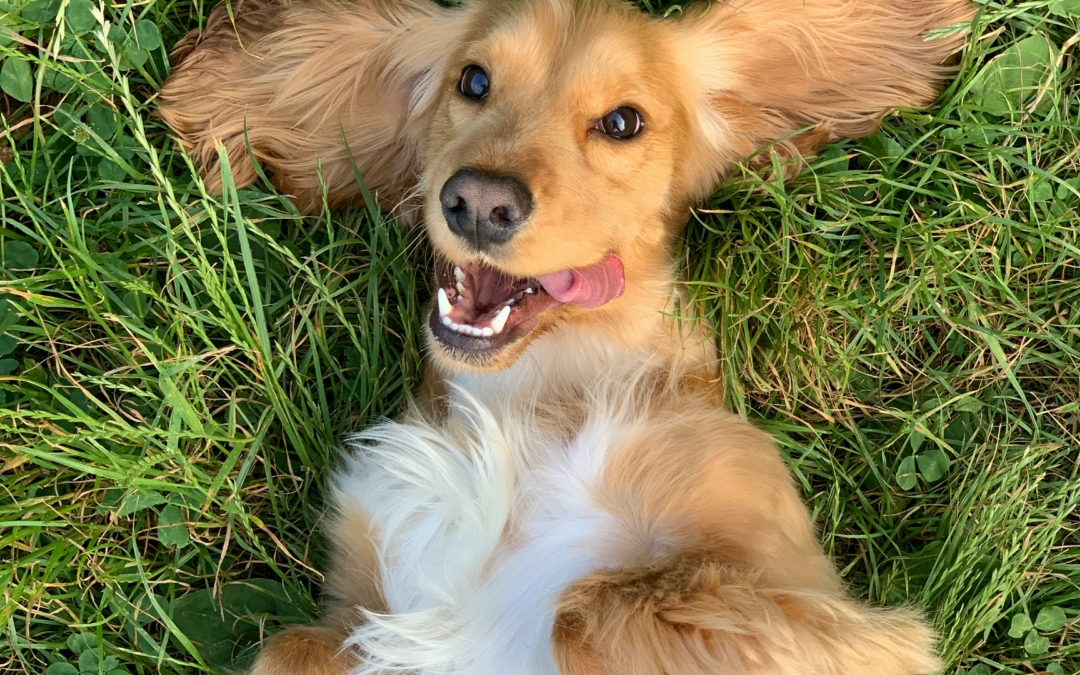Bones contain key nutrients for both dogs and cats.1 They are high in minerals like phosphorous and calcium and provide an excellent chewing mechanism for the teeth to gnaw against. The act of chewing itself is great for your pet’s mental health. However, because some bones can pose a risk veterinarians often do not recommend feeding any bones at all. This has led to major issues for our pets’ health especially dental health.
Dental health is extremely important. It is the start of the digestive system. Poor dental health can lead to many major diseases such as heart disease and kidney disease. As we know for ourselves it’s important to look after our teeth by brushing them. Human dentists recommend teeth brushing twice daily and flossing as well. How then do dogs and cats keep their teeth clean without their owners intervening with daily tooth brushing? Well, often they don’t. If you look in your dog or cat’s mouth you may find brown tartar on the teeth near the gum line, especially on the big molars up the back and you may also notice a foul smell. Dogs and cats on processed dried kibble tend to have much more tartar on their teeth even at a young age. Raw-fed dogs and cats, however, especially if they are eating raw bones, are capable of having clean teeth and may never need their teeth cleaned. Putting it that way really highlights how feeding your pet a raw diet will save you money. Veterinary dental procedures with teeth extractions can easily coast 2K!
What bones are safe for dogs and cats?
Firstly never feed cooked bones. These are not safe as they are no longer able to be digested by the high pH of the dogs’ stomach. As a result, they can cause blockages.
Secondly consider appropriate sized bones for your individual dog. The larger the animal the larger the bone it can handle.
Cats often enjoy chicken necks and wings. If started on these from a young age they are quite capable of more. When I lived on a property in NSW my small 1yo cat of 3.5kg would catch juvenile rabbits and eat them whole starting with the head. The only evidence she would leave was the tail on my bathroom mat.
A small dog is best fed chicken wings and the brisket bone of the cow. The larger the dog the larger the bone from roo tails and chicken frames to lamb bones such as lamb flaps (ribs). The meatier the bone the better. It’s more about chewing the meat off the bone than consuming the bone itself. Be guided by how quickly your dog can chew up the bone. If they take longer than around 20mins then it’s likely that the bone is too big for your dog. Either take it away from them after 20mins and discard it or find smaller softer bones. Anything hard and bone-like (eg deer antlers) that your dog continues to gnaw on for days will be damaging your dog’s teeth.
Thirdly consider supervising your pet when they are eating bones. Especially for beginners. Always separate pets when they are eating bones so that they don’t feel pressured to eat quickly. Any bone can be a choking hazard if not chewed properly. Bones are a high-priority food and may instigate fights between dogs. Feeding bones regularly helps to reduce the excitement around bones.
Bones to avoid
Marrow bones of the cow and most beef bones. These bones are designed to hold up the weight of a cow. They are too strong for dogs’ teeth and can cause teeth to fracture. This is one of the main reasons vets don’t recommend feeding bones at all. Unfortunately, most butchers label these exact beef bones as dog bones.
Chicken necks – although good for cats these can be a choking hazard in dogs and are very high in bone vs muscle meat content so can cause constipation.
What to look for
How long is your pet taking to consume the bone or are they leaving it unfinished? Make sure it’s no longer than around 20mins. Gnawing of bones for long periods will cause teeth to wear down.
Watch your dog’s stools. If they are becoming white and crumbly then you may be feeding too much bone. Especially if they are straining to poo.
A word of caution
Not all dogs can digest bones. Why? Because their digestive system just isn’t up to it. When fed a species-appropriate raw diet, the stomach of a dog is around a pH of 1.5. This is designed to digest bone and scavenged material that would make a human extremely ill. However when fed a high carbohydrate diet aka; dry kibble the pH of the dog’s stomach is altered to around 4 – 5. As a result bone content may not be digested well. Thus if you want to be able to feed your dog bones you may need to consider changing them to a raw diet. Ultimately this is the best for your pet’s overall health for several reasons. See my post on raw food here.
If you want to continue feeding your dog kibble consider that not only is there more and more evidence suggesting that this is making our pets sick but also that they will likely need yearly dental cleans under anaesthetic to keep their dental hygiene in check.
For more reading on raw diets and bones here are some great resources –
Dr. Nat’s Disclaimer: This information is for educational purposes only. Please consult the advice of your veterinarian for specific questions about your pet. Consult’s are available with Dr. Nat here.
Source:





